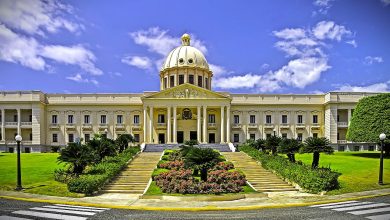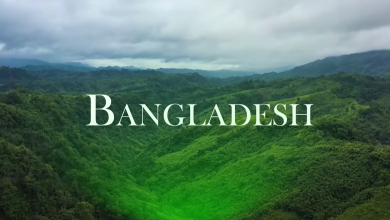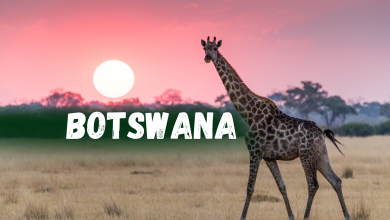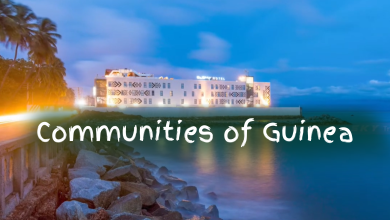Communities of Estonia: Discover Unique Cultural Tapestry
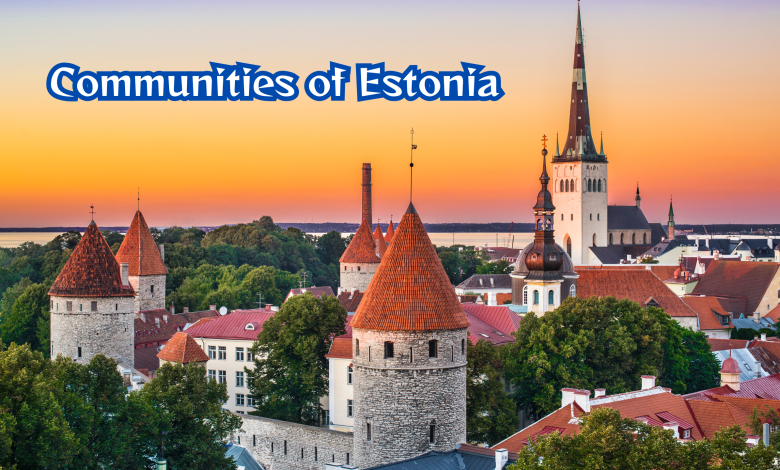
Communities of Estonia is a tiny country in northern Europe. It is famous for its culture and history. The Estonian communities are lively and varied. Background In this post, we will take a look at different communities in Estonia.
History of Estonia
Estonia’s salt trade during the second millennium BCE linked it to the rest of the Baltic region. The oldest known settlement in Estonia is the Pulli settlement, which was on the banks of the river Pärnu, near the town of Sindi, in south-western Estonia.
The earliest settlements in Muhu are from the Mesolithic period and are associated with the Kunda culture. Around 5300 BC ceramics of the Narva type may be found. Then the Comb Ceramic people, who lived in Finland around 3900 BC, practiced agriculture and had an old belief system.
Video Credit: Travelmoji
Estonian Communities of Estonia
Tallinn’s Estonian community is the largest in Estonia. The official language of Estonian is spoken by these people. Estonians are extremely nationalistic. They also hold a number of the traditional festivals. Among them is the Song Festival.
Russian Communities of Estonia
Russians are the second largest ethnic group in Estonia. The Soviet period brought many Russians to Estonia. They have their own schools and cultural institutions. (Slavs and a small Tartar element; Russian is a widely spoken language in the duchy. Russian Orthodox Christianity is an integral part of their culture.
Swedish Communities of Estonia
There is a Swedish minority in Estonia. They are concentrated mostly on the islands of Hiiumaa and Vormsi. The Swedes have their own schools, and churches. They observe Swedish holidays and traditions.
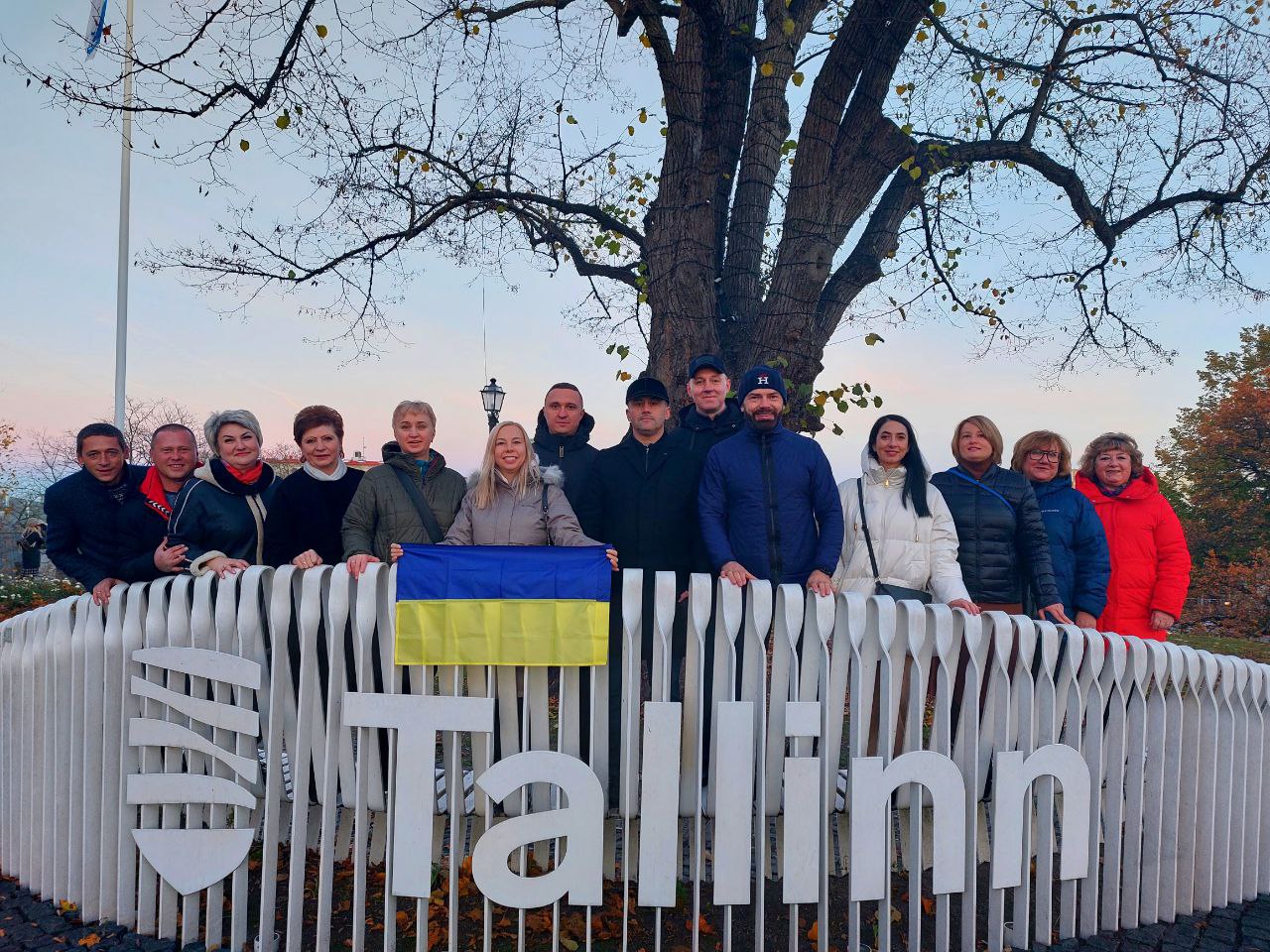
Credit: www.undp.org
Finnish Communities of Estonia
Many Finns live in Estonia. They frequently relocate for work or school. The various Finnish community organizations are all quite “separated” from one another. They attend community events. Some schools teach in Finnish. Finns and Estonians have not only similar languages but also cultures.
Ukrainian Communities of Estonia
Estonia’s Ukrainian community is increasing. Many Ukraine citizens came to Estonia to work. They have their own cultural associations. Ukranian festivals and customs are observed here. They speak the Ukrainian language at home.
Latvian Communities of Estonia
There is a small Latvian ethnic community in Estonia. Gestel had visited the home before he’d left for Estonia and I knew that the Latvians and Estonians had been friends for some time. Much of their cultures are similar. Some Latvian festivals are also celebrated in Estonia. The Latvian community language is practised.

Credit: fennougria.ee
Jewish Community
Judaism has a long history in Estonia. They maintain their own synagogues and cultural centers. Jewish holidays and traditions matter. The Jewish community is also actively involved in advancing tolerance and understanding.
Tatar Communities of Estonia
The largest minority ethnicity in Estonia is Russians who make up about 24% and the rest are from smaller minorities, including Tatars. Their cultural organisations/groups have the internal and sometimes external identities. Tatar holidays and traditions are being kept. Their language is Tartar, spoken in their houses.
Belarusian Communities of Estonia
The number of Belarusian community in Estonia is increasing. Many Belarusians had come to Estonia for work. They have their own cultural institutions. Belarus fests and traditions are held. Belorussian is spoken in their households.
Roma Communities of Estonia
The Roma population in Estonia is small. They have their distinctive cultural practices. Roma music and dance are also popular. The Romani language is used by members of the community. The Roma have an active culture supporting them.
Other Communities of Estonia
There are many other municipalities in Estonia. These communities include Poles, Lithuanians and Germans. Communities have different cultures and customs. Together they make up the rainbow that is Estonia.
Geography and environment
Location Estonia is situated in northern Europe, on the coast of the Baltic Sea to the north of Latvia and to the south of Finland, where the country’s territory includes 1,521. It covers the northwestern part of the East European Platform adjacent to the Fenno-Scandinavian Shield.
It has an area of 45,335 km² (17,504 sq mi) with 4.6% that is water, which includes Lake Peipus within that area in Estonia and Russia, and the Võrtsjärv along with many smaller rivers, small lakes, the Paldiski sea inlets, and some 1500 islands. It shares its longest land border with Latvia (339 km).
The Estonian coastline lies on the Baltic sea, with the exception of 225 km (140 mi) along the Finnish border on Lake Peipus, and is marked by numerous bays, straits, and inlets. Limestone cliffs together with the opposing shoreline and large islands on the northern coast has become the symbol of the Estonian coastal landscape.
Estonia comprises in total 2,355 islands, and the country is the 10th in the world by number of islands and the 5th in Europe (Vihm 2016), belonging to the Baltic Sea. The biggest islands in the archipelago are Saaremaa, Hiiumaa, Muhu and Vormsi.
Culture Communities of Estonia
Estonian culture The sauna is a big part of Estonian culture. In 2014, the smoke sauna tradition of Võromaa with its special seals (no chimney and the effects of smoke on the wood and the smoke-mellowed smoke-sauna meat) was added to the UNESCO list of intangible cultural heritage.
This holiday coincides with the Midsummer Day on 24 June, one of the earliest and most celebrated holidays. On Midsummer’s Eve, Estonians all around the country will head to the night-ime bonfires close to the village swing to say goodbye to the month of the year with the shortest nights.
The country’s Christmas, or jõulud in Estonian, is similarly beloved and combines the country’s old pagan winter solstice customs with Christian and contemporary holiday traditions.
Read more- Communities of Thailand: Explore Vibrant Cultures
Communities of Estonia art
Remnants of the ships were featured in Estonia’s jewellery and culture; the appearance of the ships also influenced the art of Estonia. Estonian artists such as Konrad Mägi and Eduard Wiiralt are known to have inspired the October Group and the Blue Stocks.
In the Middle Ages, Gothic art was practised, evident in the churches of Saaremaa, and best exemplified by Bernt Notke’s Danse Macabre in St. Nicholas’ Church, Tallinn. The Early Netherlandish-trained Renaissance painter Michel Sittow grew up and was active in Estonia and became one of the most leading artists of the early 16th century in the court of Christian II of Denmark.
Landscape painting achieved greater prominence in the Neoclassical period among Estonian painters at home and abroad. This period also developped other styles (mural drawings, miniature paintings, glass painting, watercolours), for the most part antique and Estonian nature topics.
Well-known representatives of the time are Gustav Adolf Hippius, Karl August Senff and Julie Wilhelmine Hagen-Schwarz. The 19th and early 20th centuries brought a new level of sophistication to Estonia art., as national themes began to be again turned to, notably by the artist Jaan Koort (seen here) Early 20th century, until independence also brought with it more influence for local trends. There was also much interest in the decorative arts.
Communities of Estonia is home to a variety of ethnic groups. Every village or town has its own culture and folklore. Both contribute to making Estonia a colorful and interesting place. So there you have it – interesting stuff about the communities and regions of Estonia.
F A Q
What Is Most Well Known In The District?
Society Estonia comprises of Estonians, Russians and Setos.
How Many Races Are There In Estonia?
There are more than 190 nationalities in Estonia.
Which Languages Are Spoken In Estonian Villages?
The most widely spoken languages are Estonian and Russian.
What Is The Population Of The Towns In Estonia?
The population of Estonia is about 1. 3 million.

